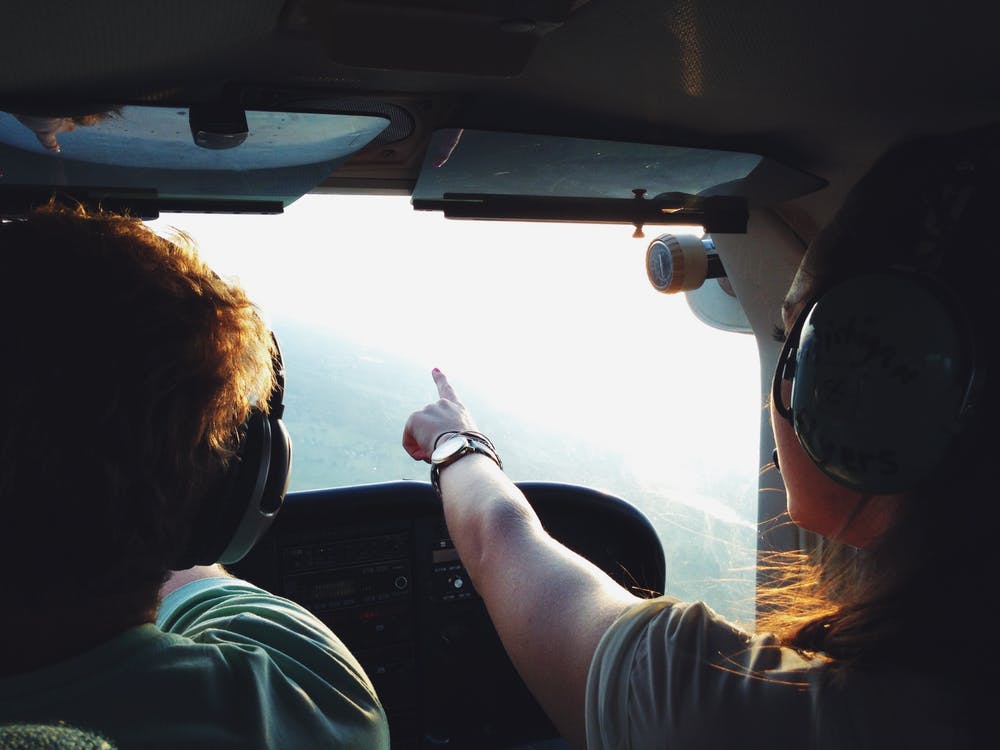Helicopters have long captured our collective imagination. Their distinctive silhouette in the sky, the unmistakable sound of the rotors, and the unparalleled manoeuvrability are captivating. But behind every chopper’s flight, there’s a skilled pilot with hours of training behind them.
How do operators make the switch from aspiring students to licensed experts in a private or commercial machine? Let’s dive into what it takes to become one of them.
Why Helicopters Stand Apart
Before delving into training specifics, it’s essential to understand why helicopters are unique:
- Vertical Capabilities: Unlike planes, helicopters can lift off and land vertically. This agility is indispensable in many scenarios, from emergency medical evacuations to city rooftop landings.
- Hovering: One of the most distinguishing features of a helicopter is its ability to hover. It’s not just staying put; it’s maintaining a controlled position, which requires immense skill.
- Compactness: Their compact nature allows them to operate in places where planes can’t, like mountainous terrains or urban settings.
Starting Your Aviation Adventure
If the skies beckon you, then comprehensive helicopter lessons might be your calling. Specialists have all ventured along this path in some shape or form before receiving their accreditation. Here’s an overview of the steps involved:
- Ground Schooling: Every pilot’s journey begins on the ground. From aerodynamics to meteorology, future pilots must first gain a theoretical understanding.
- Hands-On Experience: Under the guidance of an experienced instructor, trainees get a feel of the controls and begin their flying adventures.
- Solo Sorties: After a specific number of hours and upon demonstrating competence, trainees undertake solo flights. These flights are crucial for building confidence.
- Examinations: Both theoretical and practical exams must be cleared to obtain a licence.
The Science Behind the Flight
At the heart of helicopter flight are some core scientific principles:
- Aerodynamics: The shape of the helicopter, the design of the rotor blades, and the way they cut through the air are all integral to flight.
- Physics of Rotation: The main rotor provides the necessary lift, but it also creates torque. The tail rotor counteracts this torque, stabilising the helicopter.
- Navigation: With the world moving below, pilots rely on a blend of instruments and visuals to find their way.
Safety: A Continuous Commitment
Safe flight isn’t just about handling emergencies but preventing them:
- Routine Checks: Regular maintenance ensures everything’s in top shape. From the engine to the electronics, every component has its checklist.
- Weather Wisdom: An understanding of meteorological phenomena is crucial. Weather changes can be abrupt, and pilots need to be prepared.
- Communication: Constant communication with air traffic control ensures the pilot is aware of other aircraft and any potential hazards.
Conclusion
The world of helicopter aviation is fascinating. It’s not just about the flight but the science, the training, and the dedication behind it. For those intrigued by this realm, taking the first step towards training can open up a sky of opportunities.
The journey might be challenging, but the rewards, both in terms of skill acquisition and the sheer joy of flight, are unparalleled. After all, there’s nothing quite like seeing the world from a vantage point few get to experience.
